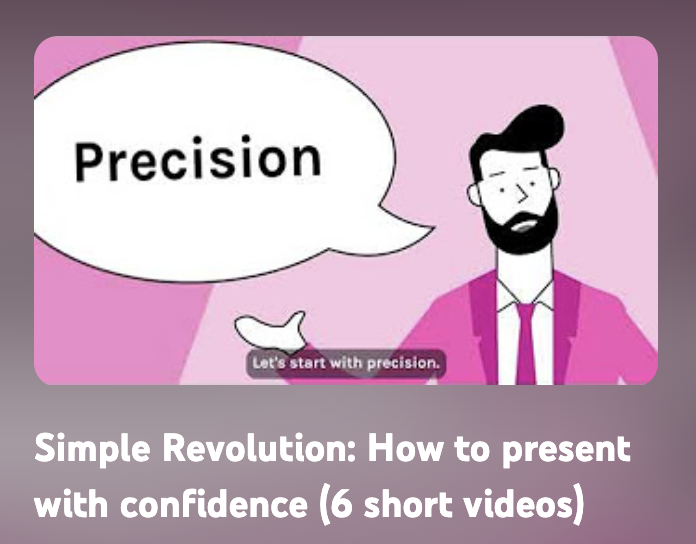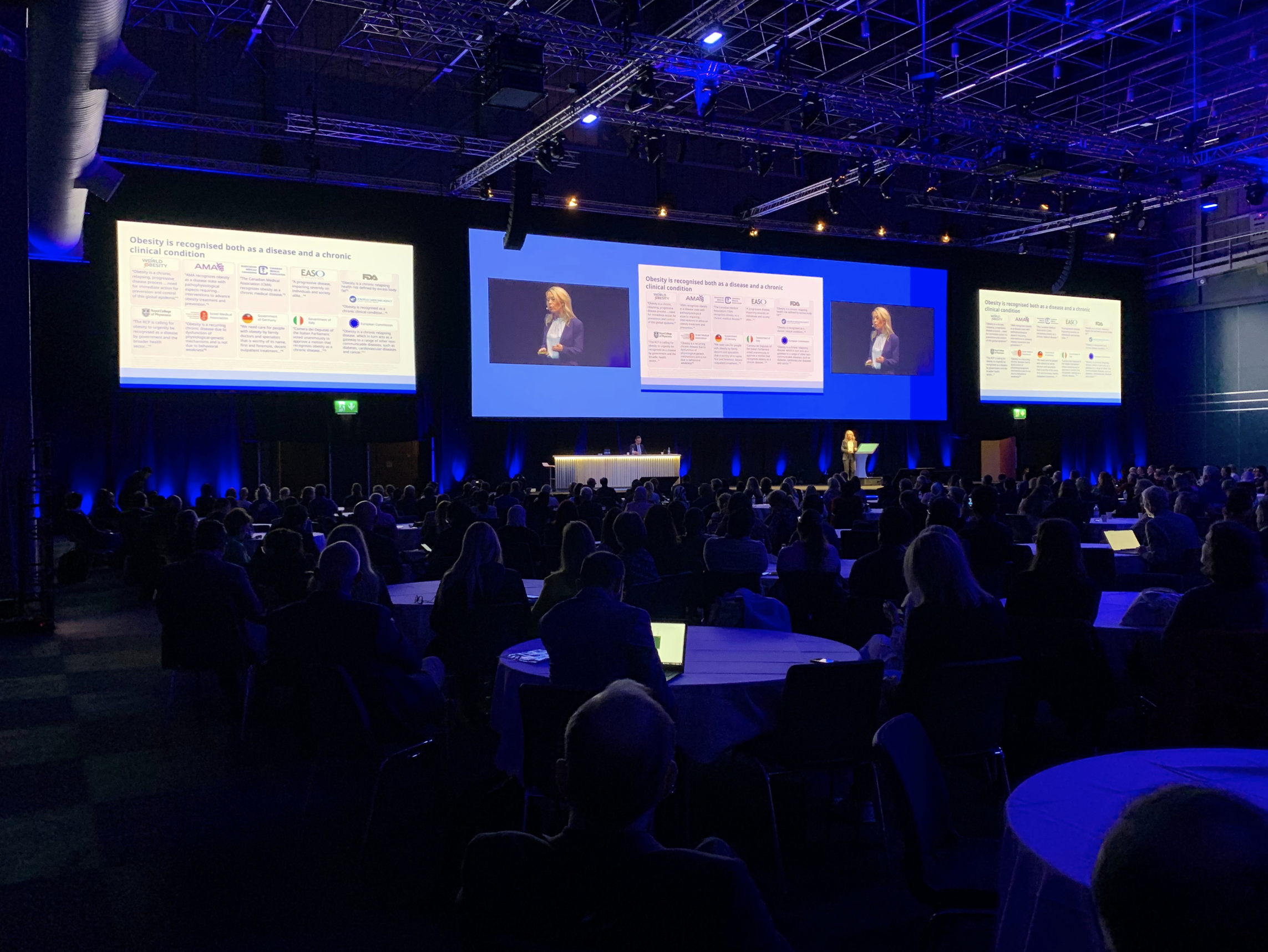Organisations operating in global markets often use local trainers to equip their sales and operational teams to deliver the latest products, services and internal processes. For consistency and to protect quality, this will involve members of the global training team travelling to each location and training the local trainers.
We know this works. But all that travel doesn’t sit comfortably with today’s climate change commitments and cost sensitivities. Especially given the world went virtually virtual during the pandemic.
Train the trainer in-a-box (a big box!)
We’re working with a global organisation who wants the best of both worlds. They need to deliver global technical and soft skills training programmes using local trainers who speak like their audiences without the costs (environmental as well as financial) of travelling to train those trainers. Their solution is ‘train the trainer in a box’. Local trainers get the training, materials and support they need to run effective workshops and their regional teams are able to deliver the organisation’s strategy.
It sounds simple to give the trainers everything they need to run the training locally – slides, speaker notes and some workshop exercises to run through. But simple doesn’t mean easy, it requires thought and investment up front.
Three things we asked before they started
1. What format will the training take?
There is a good chance that different regions will have different priorities and run their training in different formats. Some may choose to do all their training in one go while others spread it over a few sessions. Designing a modular delivery system for training will give local trainers the flexibility to adapt the training to their audience and meet the priorities of their region.
2. How will you support local trainers?
A detailed train the trainer guide to support the slides and speaker notes is essential. This will be the key reference document and provides all the practical information required to deliver the training. However there may be local nuances and it’s worth considering an additional ammunition guide with ideas, demo videos, variations on exercises and links to further material on the topic.
Sometimes the answers can’t be written down and it’s important that trainers are talking to the central team and to each other.
3. How will you monitor quality and compliance?
We recommend that local trainers run a virtual version of the workshop with our professional coaches first to check it meets our client’s standards. Working closely with trainers will give everyone confidence that the training meets all your requirements, but keeps the precious local flavour. Be clear up front on what content can be flexed, the tools to be used and how to share learning from the workshops.
Get in touch if you would like to know more about our in-a-box training solution.





